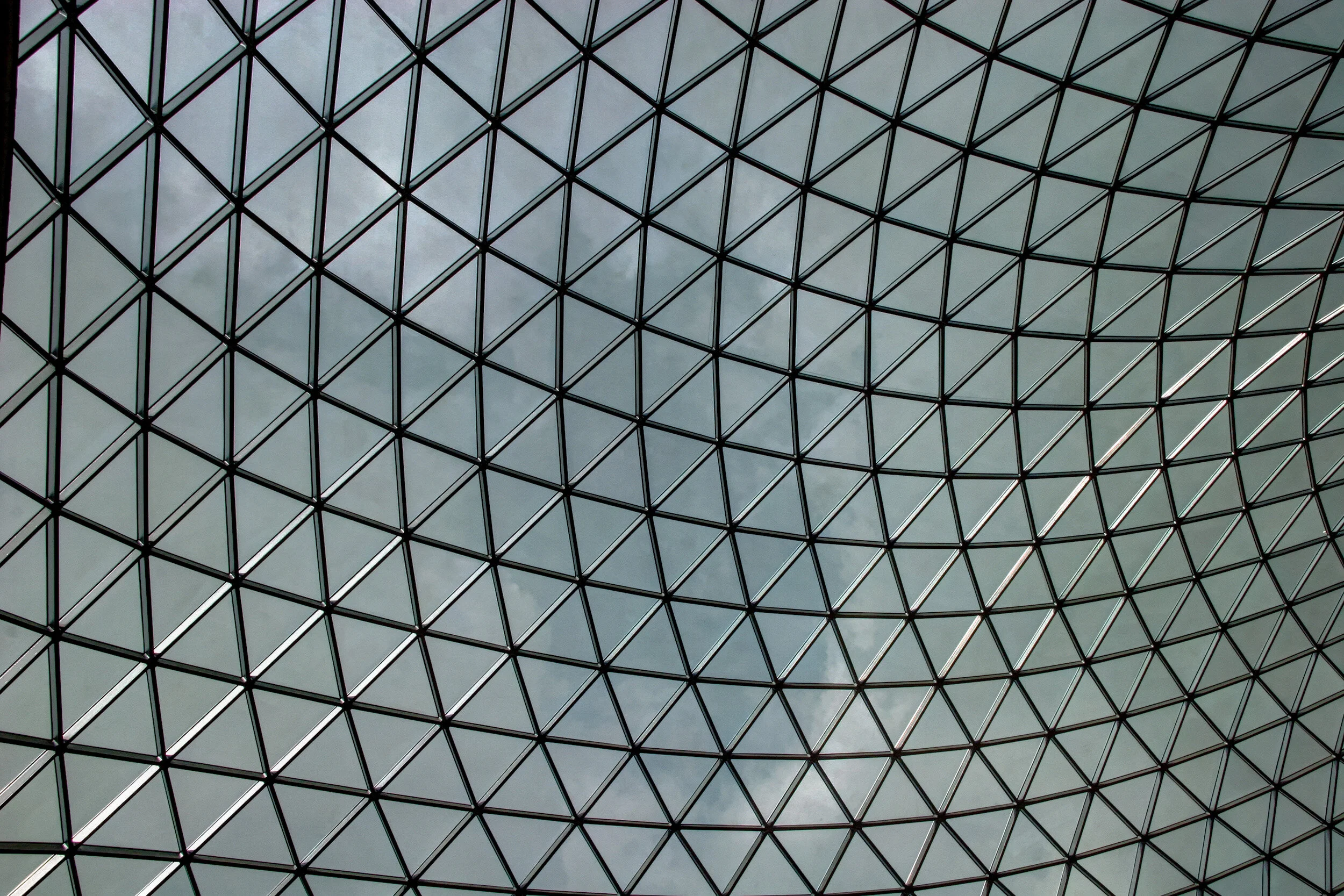
Page 2 of 4
London, England
I feel as if I am looking at the world from a bottom of a well
One of the stars of the annual Open House London weekend and a building that is way more fun than the photographs (if you can believe it) is Lord Norman Foster's London City Hall. Sitting on the south bank of the Thames directly across the river from the Tower, the building houses all the important city offices that one time took up all of London County Hall. The centerpiece of the building isn't its funny, tilting egg massing or admirable sustainable features but rather its mostly unnecessary but super, non stop fun staircase. Pushed out in the front of the building, the stairs are loop after loop after loop of unbelievable reflections, killer views and fantastic photo opportunities.
The stairs connect the top floor (featuring a public space and balcony) to its first floor (featuring the city's council chamber). In between are floor after floor of office space and (of course) that show off staircase which seems to somehow pose again at every turn, at every angle.
A smattering of Open House London visitors hang out on the top floor balcony of the funny, tilting egg massing that is City Hall as seen from Tower Bridge (extra points if you can find St Paul's). City Hall is part of a larger Norman Foster designed development, one that includes a series of office building and holds the unfortunate developer given name of "More London."
Known officially as 30 St Mary's Axe but better known as the Swiss Re Tower or the Gherkin or (more often than not) what the hell is up with that funny looking tower, it was open for Open House London but not for me. The building allows brief, strictly controlled tours of the (supposedly) spectacular top floor observation deck, however reservations are extremely limited, sell out quickly and favor those in the appropriate time zone. Should I return to London for another Open House weekend in the future (and you just know I will), chances are I will make getting inside this building a main priority. Until then, like me, you'll just have to enjoy it and all its giant shiny triangles from the envious outside.
If you thought you finally broke free from all those Foster buildings then think again. Sure it may be Christopher Wren's cathedral but it's also Norman Foster's Millennium Bridge that gets you there. I've sent lots and lots of pictures of it already, so I'll spare you the story of its colorful and one time wobbly history, at least this time.
If you've been noticing an all Foster trend this e-mail then you're not imagining things. Foster and Partners is an extremely prolific firm, especially in London where good fortune, strong currency and a building boom mean you normally don't have to walk all that long before finding another Norman Foster building. Not shown (since photographs weren't allowed) are pictures from a visit to the actual hive, the Foster and Partners offices at Battersea. The offices feature lots of desks, lots of models, lots of projects and (supposedly) lots of people- the firm currently employs some 1,000 architects. For the weekend, the firm posted rendering after rendering of current work and a spare employee or two who explained the projects, reinforcing just how amazing and successful Fosters and Partners has been this past decade or two.
Since everyone loves lions and triangles, this is Norman Foster's ever familiar glass roof at the ever familiar British Museum, such a great space under such a great roof.
This time around my trip to the British Museum had a purpose, I was there to see more than the shiny roof or the captive Elgin Marbles or the misunderstood Rosetta Stone. The day I arrived was opening day for a special temporary exhibit inside the Reading Room- The Last Emperor featured twenty (or so) of the terracotta warriors unearthed in Xian, China. The exhibit is (at least so far) unprecedented in its scale and scope and (of course) prohibited all photography. What you're missing are cases of artifacts and a chance to stand face to face to face with some of the army, a rarity outside China and probably even a rarity there. What struck me most about the terracotta warriors (and this does sound admittedly stupid) is that they were actually made out of terracotta. They're all hollow, just a thin shell of clay, and, you would think, extremely breakable. Still 2,200 years (or so) after that first Emperor (who was a real bastard according to the audio tour) thought building a few thousand man clay army was a good idea, they're still there, although most likely pretty damn confused about why they're not in China anymore.

